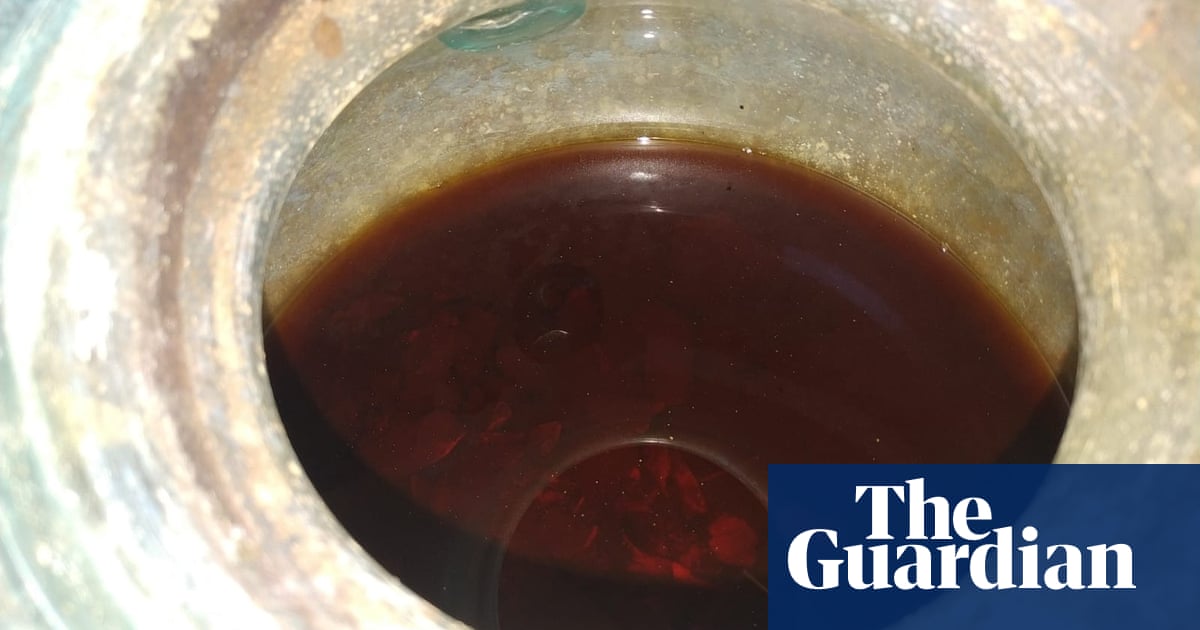- cross-posted to:
- worldnews@lemmit.online
- cross-posted to:
- worldnews@lemmit.online
Reddish-brown liquid found in untouched 2,000-year-old Roman tomb is a local, sherry-like wine
The oldest wine ever to have been discovered in its original liquid form is reddish-brown and, quite conceivably, full-bodied. Reddish-brown because of the chemical reactions that have taken place in the 2,000 years since the white wine was poured into a funeral urn in southern Spain – and potentially full-bodied because the urn also contained, among other things, the cremated bones of a Roman man.
Analysis by experts at the University of Córdoba has established that the ancient tawny liquid inside the urn – which was found in a rare, untouched Roman tomb that was accidentally discovered in the Andalucían town of Carmona five years ago – is a local, sherry-like wine.
Prior to the discovery, which is reported in the Journal of Archaeological Science: Reports, the oldest wine preserved in a liquid state was the Speyer wine bottle, which was excavated from a Roman tomb near the German city of Speyer in 1867 and dated to about AD 325.
The Spanish urn was recovered in 2019 after a family having some work done on their house in Carmona stumbled across a sunken tomb on their property.



This is the best summary I could come up with:
Analysis by experts at the University of Córdoba has established that the ancient tawny liquid inside the urn – which was found in a rare, untouched Roman tomb that was accidentally discovered in the Andalucían town of Carmona five years ago – is a local, sherry-like wine.
“It’s a sunken tomb that was excavated from the rock, which allowed it to remain standing for 2,000 years,” said José Rafael Ruiz Arrebola, an organic chemist at the University of Córdoba who led the analysis of the wine.
Although the tomb made headlines last year when researchers announced that they had found a crystal bottle in one of the urns that contained a 2,000-year-old patchouli-scented Roman perfume, it had not given up all its secrets.
Once Ruiz Arrebola and his team had established that the five or so litres of reddish liquid in the glass flask inside the urn hadn’t come from condensation or flooding, they set about analysing it.
The chemist and his team hope the techniques they refined and built upon during their investigations will help other researchers who study ancient food and wine.
Ruiz Arrebola admits he half-jokingly suggested to the lead archaeologist, Juan Manuel Román, that they have “a tiny little glass” to celebrate the discovery.
The original article contains 823 words, the summary contains 208 words. Saved 75%. I’m a bot and I’m open source!